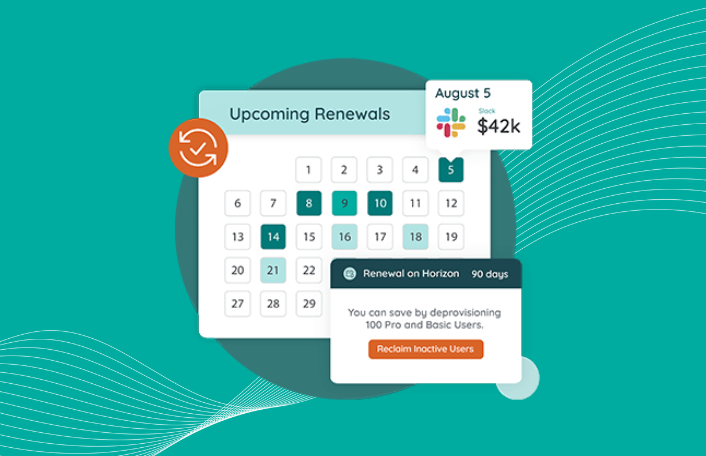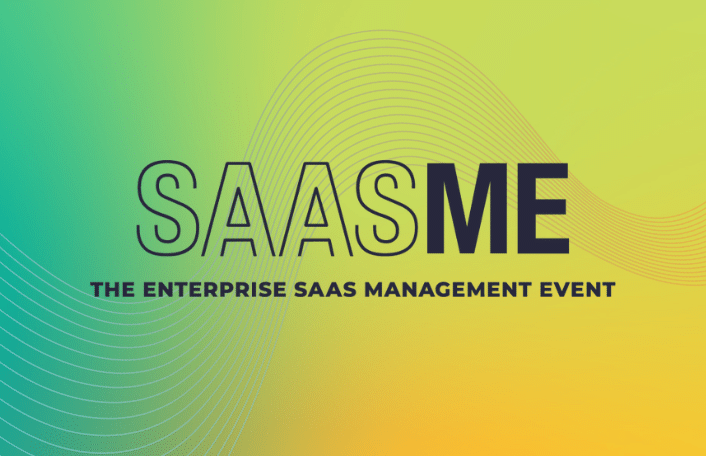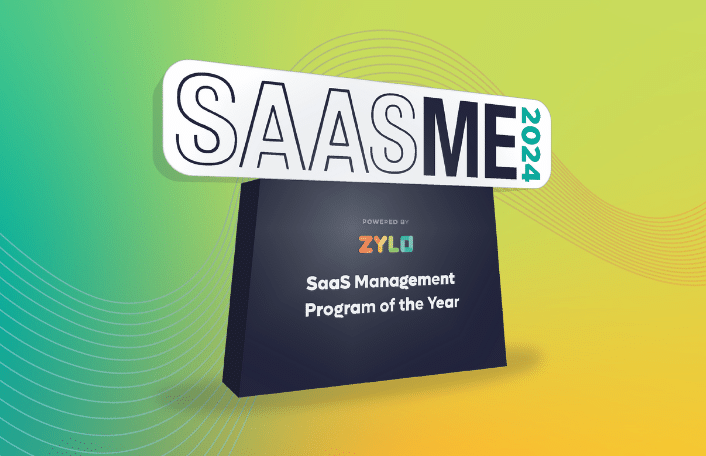
Prioritize Renewals by Business Impact with a SaaS Renewal Calendar
Table of Contents ToggleThe New Role of the CIOWhy the CIO...
Back
Back
Search for Keywords...
Blog

10/21/2016
Table of Contents
Most that have been in or around the enterprise-level business in the last decade have seen firsthand the shift in the CIO’s responsibilities. The CIO in days past had the responsibility of overseeing all technology and computer systems and managing the IT department with the goal of ensuring the enterprise was set up for technological success. Today, the role of the CIO is changing—and rapidly.
Andrew Horne, managing director at The Corporate Executive Board Company (CEB), outlined seven new IT skill sets that reflect “fundamental” changes underway in enterprise IT organizations. The CEB’s research report, “The Future of Corporate IT,” surveyed executives at 127 enterprise organizations and looked in-depth at each driver of change, but to summarize the results:
“Information management will gain in importance relative to process automation, and IT will deliver end-to-end services and transform itself into a multifunctional services group. As this occurs, many delivery operations will be externalized—increasingly, to the cloud—and technology-savvy business leaders and end-users will take greater responsibility for IT decision making.”
This new CIO and the future of corporate IT is still evolving and will for years to come, but more and more organizational departments are taking charge of their SaaS and cloud needs, leaving the CIO to take responsibility of making sure each department is interconnected and that the entire organization functions together, ensuring data exchange and communication is stronger and more secure than ever before.
CIOs that are technologically-savvy are embracing this transformation of how technology is purchased and even managed across their enterprise organizations. TechTarget’s article, “Evolving IT Skill Sets” explains that IT departments, led by the CIO, will become brokers and integrators rather than service providers.
“More IT roles will be needed to coordinate among business partners, oversee integration, set information standards and manage security. We estimate that IT strategists, service managers and information architects are the roles that will see the greatest increase in importance. Demand for these roles and for roles in security and business architecture will more than double.”
With the shift described above comes a new mindset: “Be the Business”. Yes, the IT landscape has changed significantly. But how have CIOs and IT executives changed their actual operating models to accommodate the change, rather than just shift responsibilities? This is the question CIOs must now consider.
Martha Heller, a CIO recruiter and president of Heller Search, wrote Be the Business: CIOs in the New Era of IT. In her writing, she argues that IT cannot simply belong to IT anymore; instead, CIOs must distribute the IT function—the leadership, budget, development—across the enterprise to better serve their customers.
Organizational department heads or leaders over specific teams have more and more demands on their shoulders. In addition to the changes in the CIO’s world, their responsibilities have also scaled over the past decade and especially the past several years to now include additional tasks above and beyond hiring, setting and tracking goals, leading teams, and specific departmental demands. Now, department heads are being asked to evaluate, purchase, and maintain their SaaS tech stacks—a responsibility that used to live solely in the IT and Procurement teams.
This incredible shift in the way software is purchased has changed the buying and selling process forever. Now, organizational department heads can evaluate software that their team needs, make decisions on how it fits into the budget, maintain user licenses or choose to increase or decrease users, purchase services and even work with vendors on integrations, and ultimately be responsible for the success (or failure) of SaaS in their own departments. And usually, this process happens in weeks or months, no longer in months or years.
But what does this new way of buying and managing software mean for the CIO and IT departments?
In the TechTarget article highlighting Martha Heller’s research, she concludes that the industrial-era model of the past is where we built big barriers around our organization. “Today, one way that CIOs could get started is by building a development platform that invites everybody in the company to be a developer. But use our tools, adhere to our security protocols, make sure what you’re spending on any of this goes into a larger budget. It’s reconceptualizing shadow IT as end-user innovation.”
Our team at Zylo agrees with Martha’s assessment of the new CIO. Of course the landscape is changing and will continue to do so, and it’s no longer the responsibility of IT to purchase, implement, and even manage the ongoing SaaS and cloud-based systems used across much of the enterprise. However, the CIO is ultimately responsible for the overall software ecosystem, and in order to gain visibility and manage the operating procedures and processes in which software is purchased, implemented, and managed, the CIO must create the infrastructure and the tools that others across the enterprise can use. Ultimately, the CIO must “Be The Business” and think about the organization’s goals, first and foremost.

Table of Contents ToggleThe New Role of the CIOWhy the CIO...

Table of Contents ToggleSaaSMe 2024 Takeaway #1: Change Your Mindset, Or...

Table of Contents ToggleWhy Usage Data Is Important Underutilized SaaS Rationalizing Overlapping AppsIdentify...

Table of Contents ToggleSaaS Management Program of the YearModernizing Medicine: Enterprise...
| Cookie | Duration | Description |
|---|---|---|
| cookielawinfo-checkbox-analytics | 11 months | This cookie is set by GDPR Cookie Consent plugin. The cookie is used to store the user consent for the cookies in the category "Analytics". |
| cookielawinfo-checkbox-functional | 11 months | The cookie is set by GDPR cookie consent to record the user consent for the cookies in the category "Functional". |
| cookielawinfo-checkbox-necessary | 11 months | This cookie is set by GDPR Cookie Consent plugin. The cookies is used to store the user consent for the cookies in the category "Necessary". |
| cookielawinfo-checkbox-others | 11 months | This cookie is set by GDPR Cookie Consent plugin. The cookie is used to store the user consent for the cookies in the category "Other. |
| cookielawinfo-checkbox-performance | 11 months | This cookie is set by GDPR Cookie Consent plugin. The cookie is used to store the user consent for the cookies in the category "Performance". |
| viewed_cookie_policy | 11 months | The cookie is set by the GDPR Cookie Consent plugin and is used to store whether or not user has consented to the use of cookies. It does not store any personal data. |
